“Stick Season,” as we call it here in New England, when the woods are gray and cold and the leaves have mostly fallen, is anything but lifeless. Fall migration continues with passing shorebirds, waterfowl, and the final hawks drifting south. The year’s last butterflies — sulphurs and brushfoots — remain on the wing on a stray warm day. And winter visitors, including Snow Buntings and Snowy Owls, are arriving from the north. Learn more about November life around us in this edition of our monthly Field Guide.
THE SNOWS OF NOVEMBER
Although a quick look at eBird data doesn’t suggest a snowstorm of Snow Buntings, lots of birders are finding them this month across the region. Here in Vermont, birders from the Connecticut River to the Champlain Valley have been reporting Snow Bunting encounters since late October. Away from Champlain Lowlands (which is traditionally the best bunting winter habitat here in Vermont), watch for flocks stopping at windswept farm fields (where they find meals of grass seeds) or at your bird feeders. Meanwhile, Snowy Owls are on the move. Our best evidence for that is (of course) eBird. Here’s the latest regional map on the Snowy Owl sightings this winter. Vermont was already graced with one in Pawlet recently and birders posted some amazing images with their Vermont eBird Checklists.
The Last to fly
Clouded Sulphur (Colias philodice) takes a break in the high peaks of the Presidential Range, NH. / © K.P. McFarland
November may be known for its gray skies and brown landscapes here in the Northeast, but there are always a few glorious blue days with temperatures rising into the short-sleeve zone. And with those days come the last of the fluttering butterflies. You can find a few Clouded and Orange Sulphurs dancing about the fields, or maybe you’ll run into a camouflaged anglewing — Question Marks and Eastern Commas — adding punctuation to your fine day outdoors. And the truth is, during many Novembers, you might now have a better chance finding them. On average, butterfly flight periods are likely lengthening.
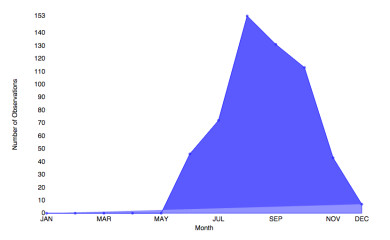
Clouded Sulphur flight season in Vermont from e-Butterfly.org data. Some are found in the Champlain Valley as late as early December.
A recent study in Canada showed that the timing of butterfly flight seasons responded to temperature both across the landscape (variation in average temperature from site to site in Canada) and across time (variation from year to year within each individual site). They found that given the widespread temperature sensitivity of flight season timing, with increased warming we can expect long-term temporal shifts of 2.4 days for every 1.8 degree F change in air temperature for many if not most butterfly species.
Help us document the late season fliers. When you find a November (or even December!) butterfly, snap a photograph and submit it to e-Butterfly.org, a project of the Vermont Atlas of Life. Let’s see who can find the latest butterfly in 2016!
A WINGLESS WINTER MOTH
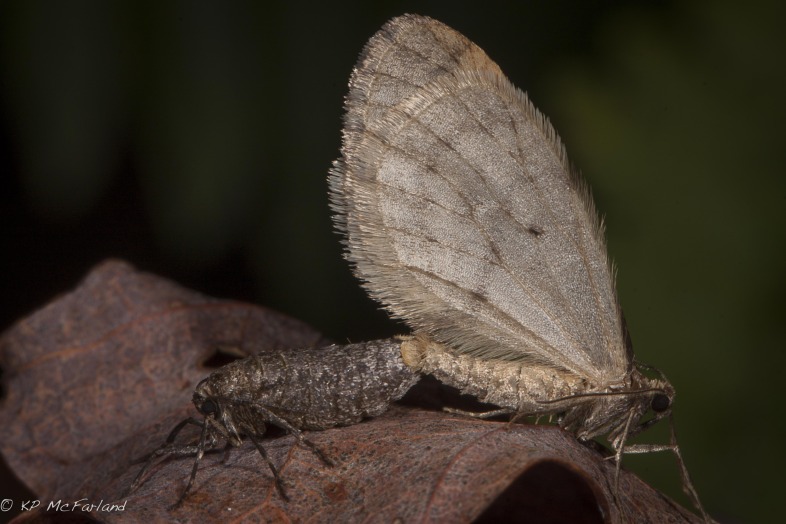
Bruce Spanworm (Operophtera bruceata) is one of the inchworms, a member of the large moth family called Geometridae (which means “earth-measuring”). / © K.P. McFarland
November at dusk with the temperature barely breaking 40 degrees I could see my breath. Yet, all around me moths fluttered through the woods. They were one of two species in the genus Operophtera, visually drab, but physically magical.
Whether these were the native Bruce Spanworm (O. bruceata) or the introduced Winter Moth (O. brumata), devilishly hard to identify by photograph alone, I couldn’t discern. Either way, both of these small, cold weather moths are thermo-conformers. Incredibly, they can fly with air and body temperature ranging from just 27 Fahrenheit up to a balmy 77 degrees Fahrenheit.
Flight is energetically costly, requiring warm, powerful muscles that can create enough wing strokes to stay airborne. How do these tiny moths fly in such cold conditions when muscles simply don’t operate very quickly? Morphology appears to be the key.
The male Bruce Spanworm has one of the lowest wing-loads (total weight divided by wing area) of any moth measured. This reduces the frequency of wing beats necessary to sustain flight and lowers the energetic cost. They also have one of the highest flight muscle to body size ratios. These bulky muscles are able to compensate for low contraction velocity in the cold with a high capacity to generate tension. Strong muscles, combined with fewer necessary wing beats allow them to operate in very low temperatures as they seek the scent of females wafting pheromones.
The female is also well adapted to low autumn temperatures. They are flightless. The Bruce Spanworm has no wings at all while the Winter Moth has just the vestiges of wings on its back visible. When they emerge in October or November, they crawl to the lower trunk of a host tree where they solicit flying males with fine chemistry.
Without bulky flight muscles weighing them down, Bruce Spanworm females fill their body from the edge of the thorax to the tip of the abdomen with eggs, 143 on average. That’s over 60% of their total body weight. A flight model by James Marden, a biologist at Penn State, suggested that if a female were to fly again with even weak flight at optimal temperatures, they would have a 17% reduction in the number of eggs they could carry. The female moth would experience an 82% reduction in fecundity to fly powerfully.
Flying and crawling in the cold was likely a great adaptation to a powerful natural selection force, predation. By late October a large percentage of insectivorous birds have migrated south and bats have migrated or hibernated for the winter. With fewer predators comes great success.
THE LAST DRAGONFLY
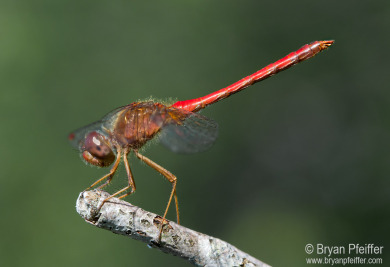 We don’t call it Autumn Meadowhawk for nothing. Find it this autumn in your local meadow hawking for insects. One of about 140 dragonfly and damselfly species in Vermont, this one begins its flight season in July. Our latest flight date on record is November 26. Vermont has five of these red meadowhawk species (in the genus Sympetrum), only one of which, this one, has yellow legs and most likely the last adult dragonfly you’ll see until April (unless you head south this winter). Look for it drifting past fall hawkwatch sites or baking what little sun and warmth is available in various open habitats late in the year. Submit your sightings to iNaturalist Vermont.
We don’t call it Autumn Meadowhawk for nothing. Find it this autumn in your local meadow hawking for insects. One of about 140 dragonfly and damselfly species in Vermont, this one begins its flight season in July. Our latest flight date on record is November 26. Vermont has five of these red meadowhawk species (in the genus Sympetrum), only one of which, this one, has yellow legs and most likely the last adult dragonfly you’ll see until April (unless you head south this winter). Look for it drifting past fall hawkwatch sites or baking what little sun and warmth is available in various open habitats late in the year. Submit your sightings to iNaturalist Vermont.
winter sleep
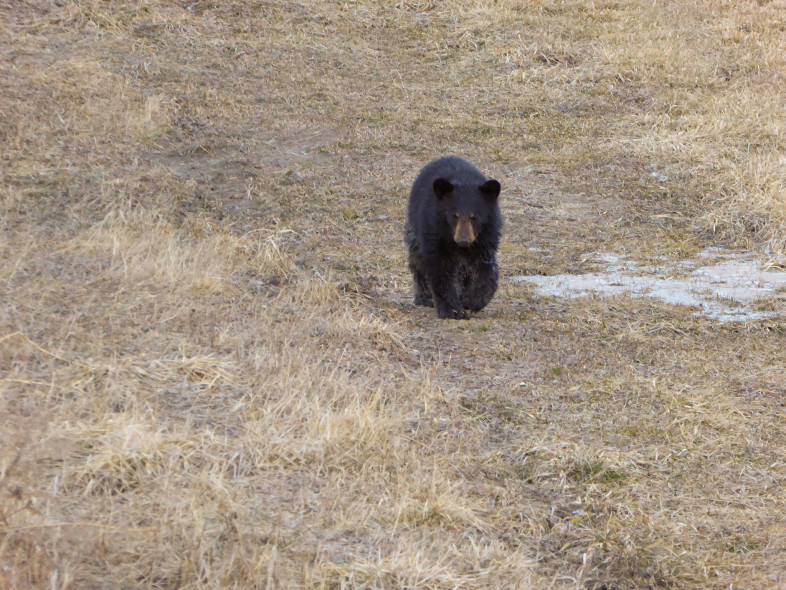
Black Bear observed and reported to iNaturalist Vermont by Kyle Jones.
Black Bear aren’t true hibernators. Sure, their respiration and metabolic rate decrease during winter sleep, but their body temperature remains close to normal. A bear in a winter den can be easily aroused within moments, but an animal that is a true hibernator may take several hours to come to its senses.
For animals that are true hibernators – body temperature, respiration, and metabolic rates are all considerably decreased. Take the Woodchuck as an example. Their heart rate goes from 80 beats a minute when active to just 4 or 5 beats a minute when in hibernation. Their body temperature drops from 98 degrees to a mere 38 degrees Fahrenheit. A Woodchuck’s incisors grow continuously and are kept short through their constant gnawing. But during the winter hibernation, growth stops. True hibernators do wake up every few weeks to nibble on food, and in the case of the Woodchuck, use the underground outhouse.
Food supplies are the most critical factor determining when Black Bears den each the fall. When food is abundant, they’ll continue eating throughout the snows of November and into December. When autumn foods are scarce, most bears den by mid-November.
The den is commonly a brush pile. It may also be a pocket or cave in rocky ledges; a hollow in a large tree or a fallen log; a sheltered depression or cavity dug out at the base of a log, tree, or upturned root; or even a simple hole dug into a hillside. Male bears den up almost anywhere. Females, however, are more particular, selecting protected sites and lining them with stripped bark, leaves, grasses, ferns, or moss.
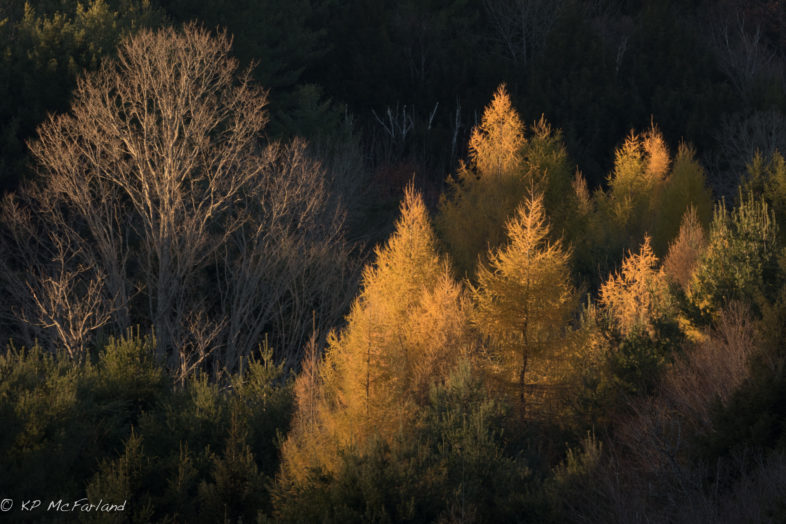
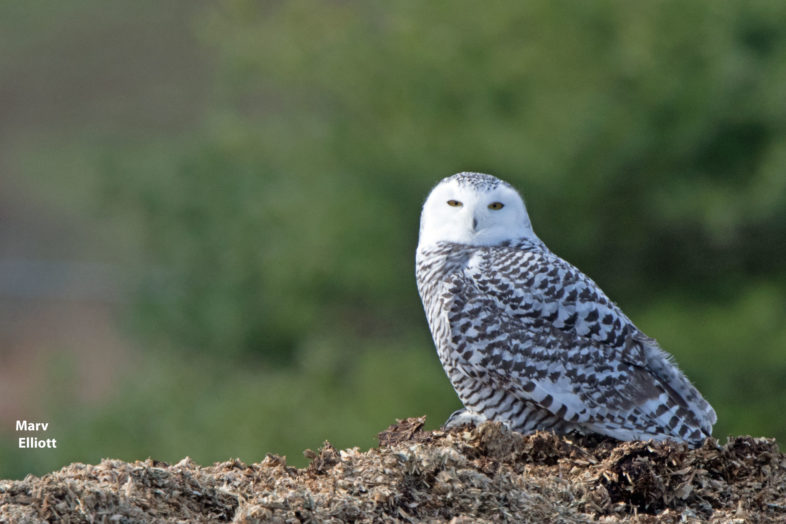
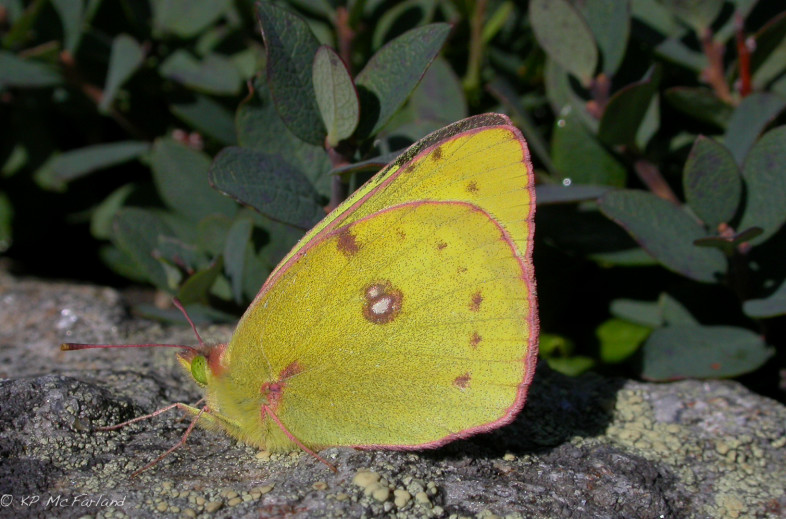

Thanks
You folks are the best!